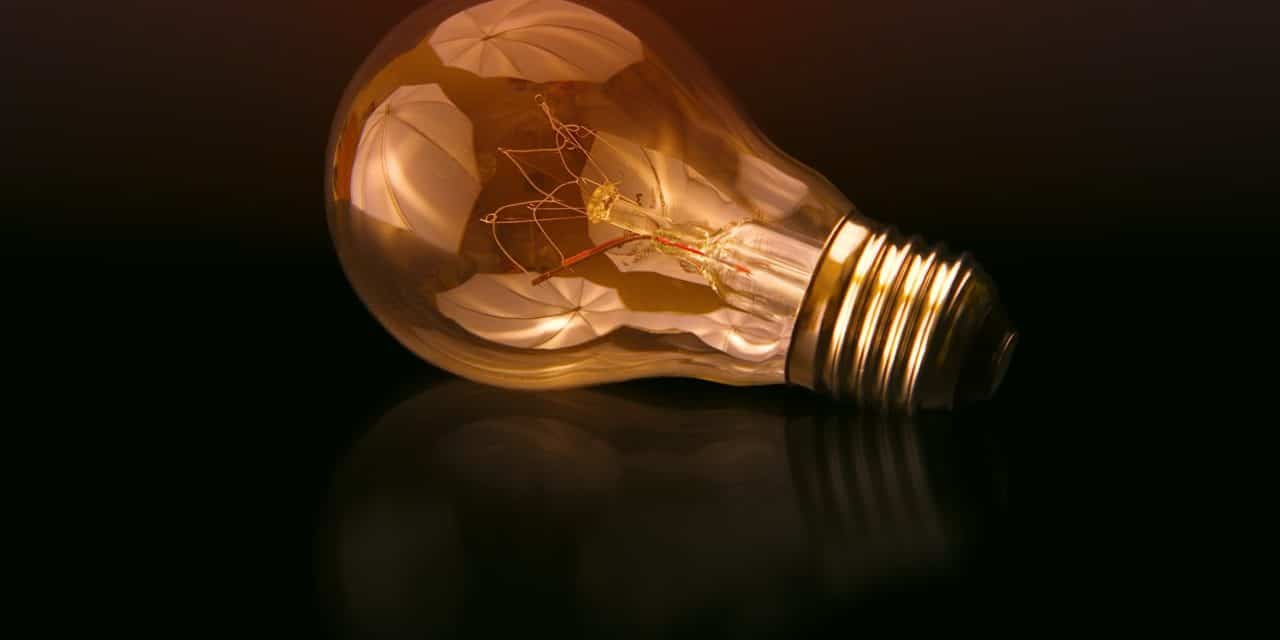[ad_1]
Many construction crews work in very low light areas, whether they are without electricity in an area, it's nighttime or they are underground or under something.
Proper lighting is critical for any construction or building site. Good lighting helps the crew member to be more precise in their work, therefore improving productivity and keeping the project on time. More importantly, good lighting helps to reduce the chance for accidents and mistakes, so it is absolutely essential for crew safety. Light also helps crew members see each other. When planning a project, it's important not to overlook this important aspect of the jobsite.
For most construction jobs, there are several choices to consider for lighting. These include personal, area and task. Each of these provides a number of benefits but can also have drawbacks.
Personal lighting is lighting that is mobile and moves from place to place with the worker around the site. The advantage is that the lighting is mobile, but the drawback is that this type of lighting is typically powered by batteries, so it may not be as bright as electrically powered. However, there are personal lights that are more powerful, such as LED lights. This type of light is perfect for flashlights and lights which attach to hardhats or safety vests. LED lights give off a very bright light and also don't require as much battery power as traditional options.
Battery powered lighting such as LED lights is also ideal for situations where there is no power at all, and electrically powered lights are simply not an option. Some areas where personal battery powered is also advantageous is in outdoor areas, especially roadways. You may have come upon flaggers on a highway directing traffic around an area of construction, these flaggers almost always use a bright LED personal flashlight for visibility. They may even use the flashlight to direct traffic or give a signal to a driver that they should stop or go. Personal LED flashlights are also quite light in weight, making them easy to carry and attach to their body.
When considering whether personal lighting is needed for a project, make sure to consider where the worker will be located, where task and area lights will be located, if there will be tight spaces or crawl spaces, whether power consumption is a concern, if the worker will be working alone or in an isolated area and if the work they do will be requiring precision. Also, consider the pros and cons of laying down or attaching wiring or power cables in an area, whether this creates too much of a tripping hazard for workers.
[ad_2]
Source by Lydia Quinn


